Istanbul: A brief visit to the capital of the world
The multi-ethnic city is a rich treasure trove of arts, culture, food and stunning scenery
THE Museum of Innocence, a small red house on a hilly backstreet in Istanbul’s Beyoglu district, won’t be on any standard list of the city’s top attractions – but it will provide an authentic snapshot of life in Turkey in the second half of the 20th century. The museum is a unique, fascinating and meticulously compiled collection of ordinary objects in the lives of two people who lived only in the imagination of Turkish Nobel laureate Orhan Pamuk, through his 2008 novel of the same name.
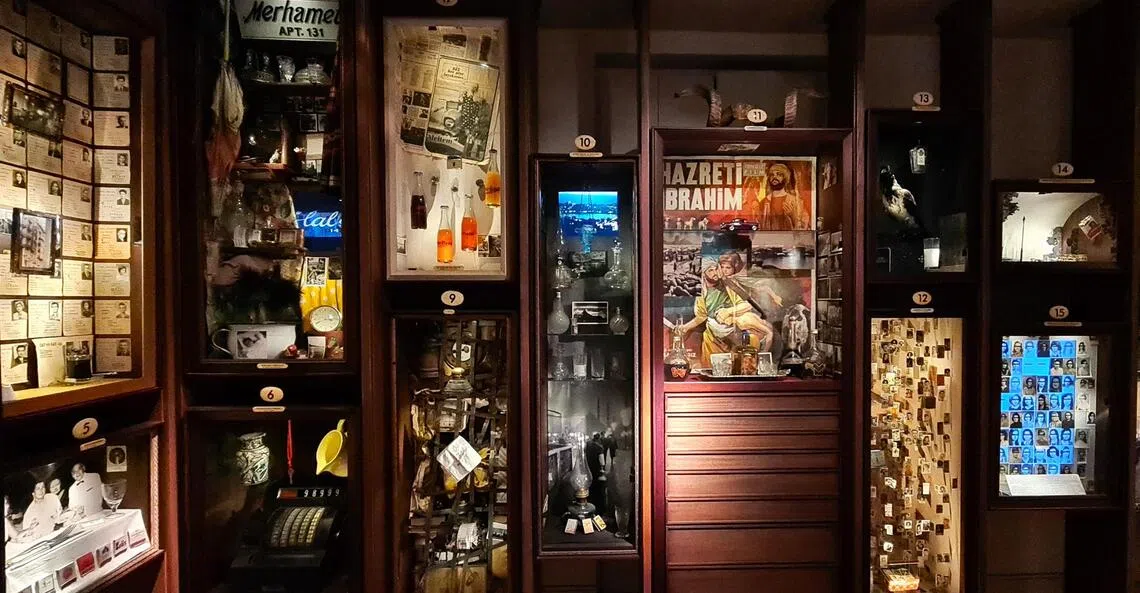
The house is filled with a chapter-by-chapter recreation of everyday memories and objects in the lives of the book’s protagonists, put together by the main character Kemal with such obsessive attention to detail that both museum and fictional love story are indistinguishable from each other. Unlike conventional museums, this one comprises objects displayed in cabinets and vitrines, old movie clips and faded photographs of people and places and other personal memorabilia, including a wall-sized installation featuring over 4,000 cigarette stubs smoked by the girl of Kemal’s affections.
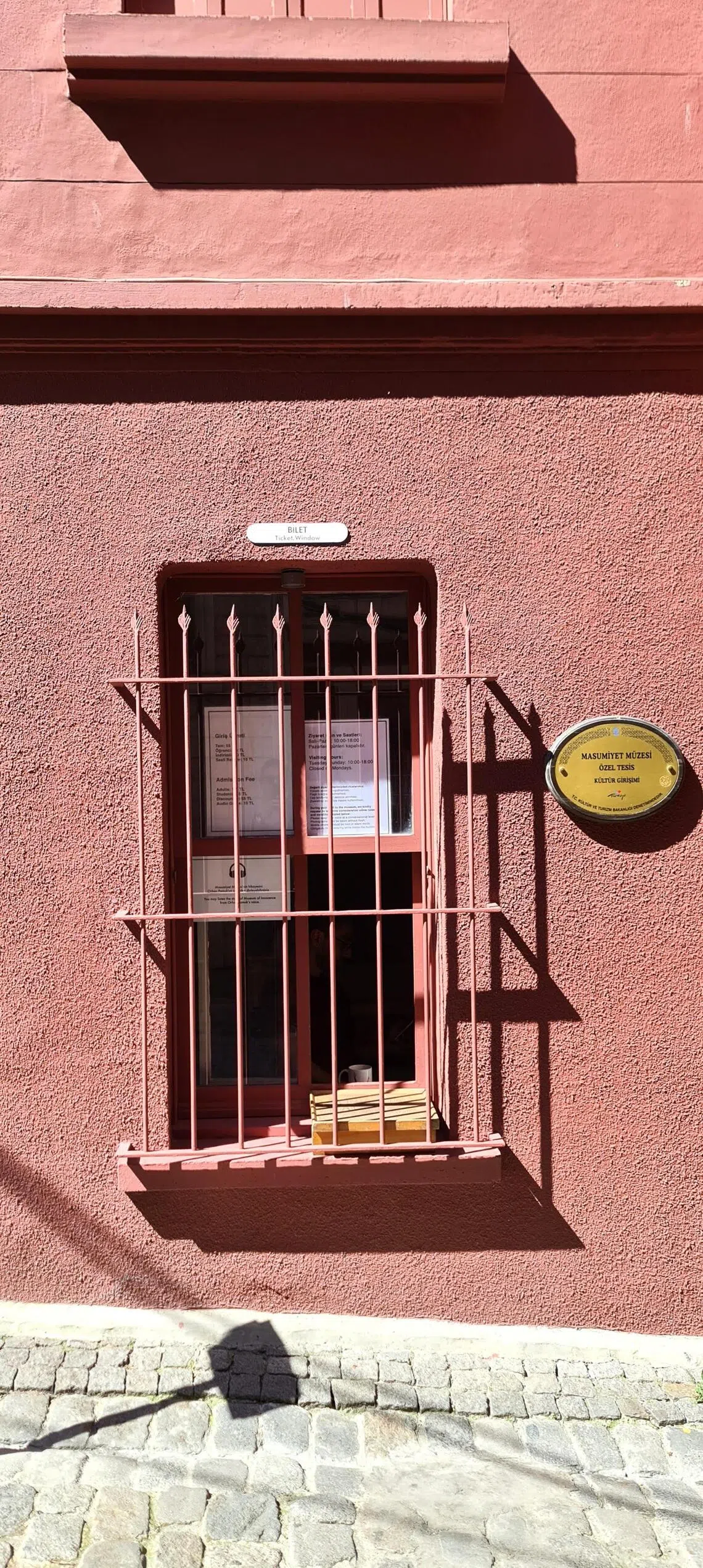
East and West
In many ways, the novel is an apt metaphor for Istanbul, a city that – given its strategic location straddling two continents and separated by the Bosphorus Strait – reflects the cultures of East and West and the inherent differences between them. Pamuk wrote in his book Istanbul: Memories and the City: “’Life can’t be all that bad,’ I’d think from time to time. ‘Whatever happens, I can always take a long walk along the Bosphorus.’”
Modern-day Istanbul ranks among the largest cities in the world, with a multi-ethnic population of 15.6 million spread over 1,500 sq km. History shows that it has dealt with more than its fair share of adversity, but the city has the ability to bedazzle all who come to visit, perchance to stay. Parmuk’s museum – it won the European Museum of the Year in 2014 – is a tiny gem in a city blessed with fabulous attractions, both natural and man-made.
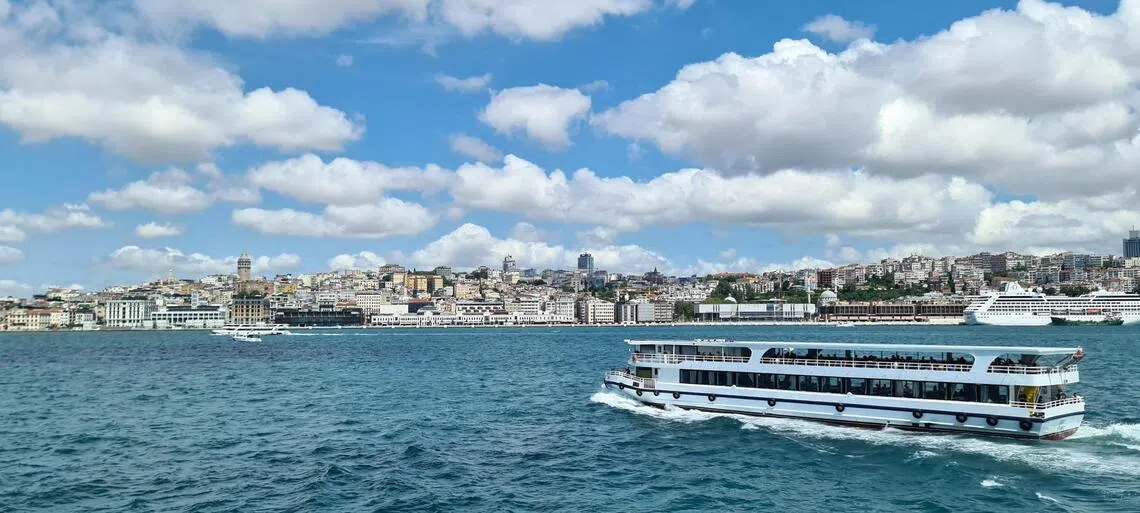
The Bosphorus, the 32 km-long waterway separating Asia and Europe and linking the Black Sea with the Sea of Marmara, qualifies as Exhibit A in the list of Istanbul’s top attractions. It beckons to residents and visitors alike and has been called, more than once, the most beautiful body of water in the world.
The panoramic view from its banks, from the European side looking towards Asia and vice versa, is mesmerising at any time of day or night – just ask Orhan Parmuk or, better still, see it for yourself by taking a cross-continental ferry ride. You will spot impressive landmarks en route, including the Dolmabahce Palace, Hagia Sophia, Suleymaniye Mosque, Galata Tower and the Bosphorus Bridge.
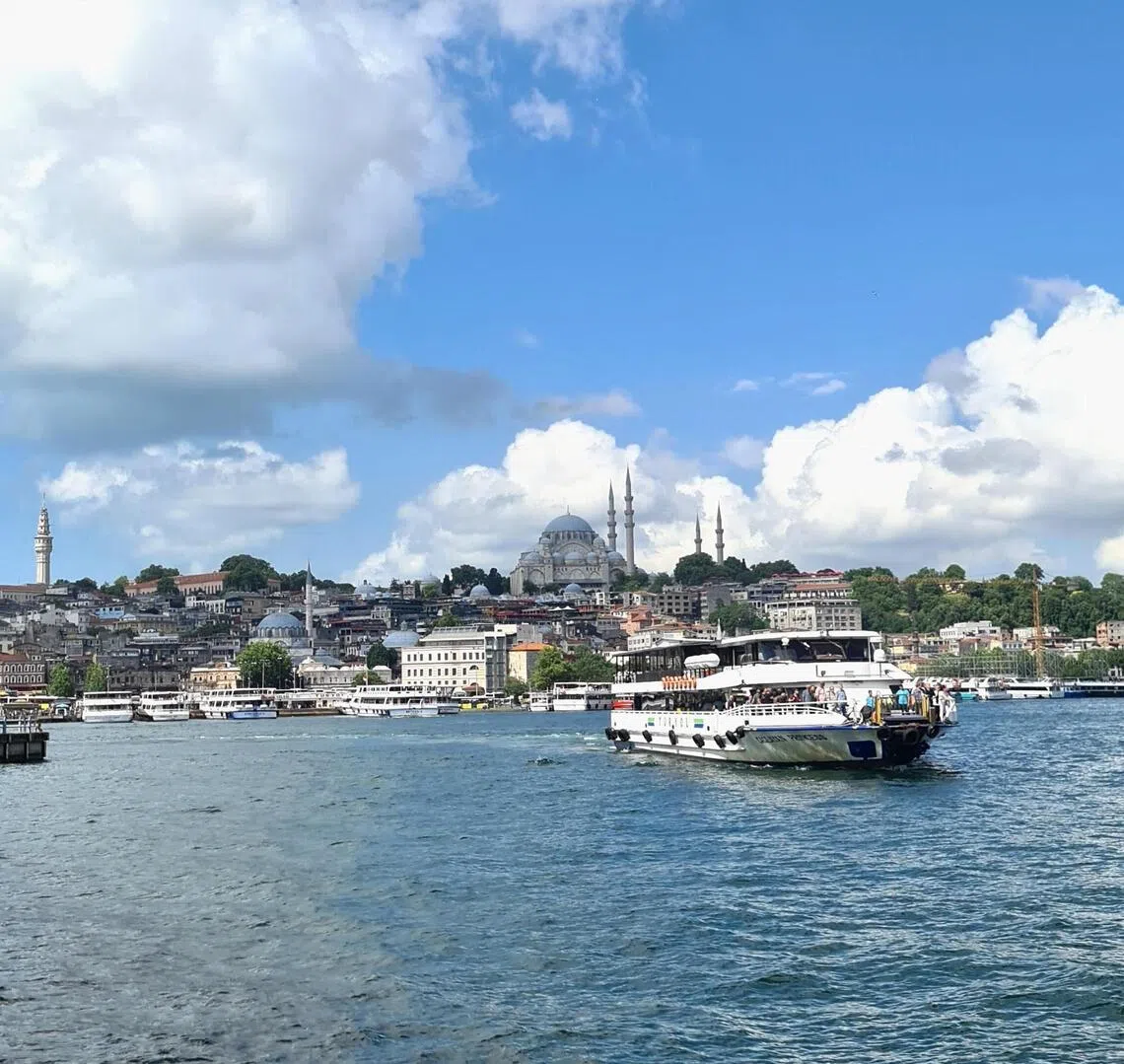
Back on solid ground, the Spice Market, situated at one end of the Galata Bridge, gets our vote for any must-visit list. Like the nearby Grand Bazaar, this covered bazaar may be overpopulated with camera-toting tourists, but it has played an essential part in the city’s daily life since it was built in the 1660s.
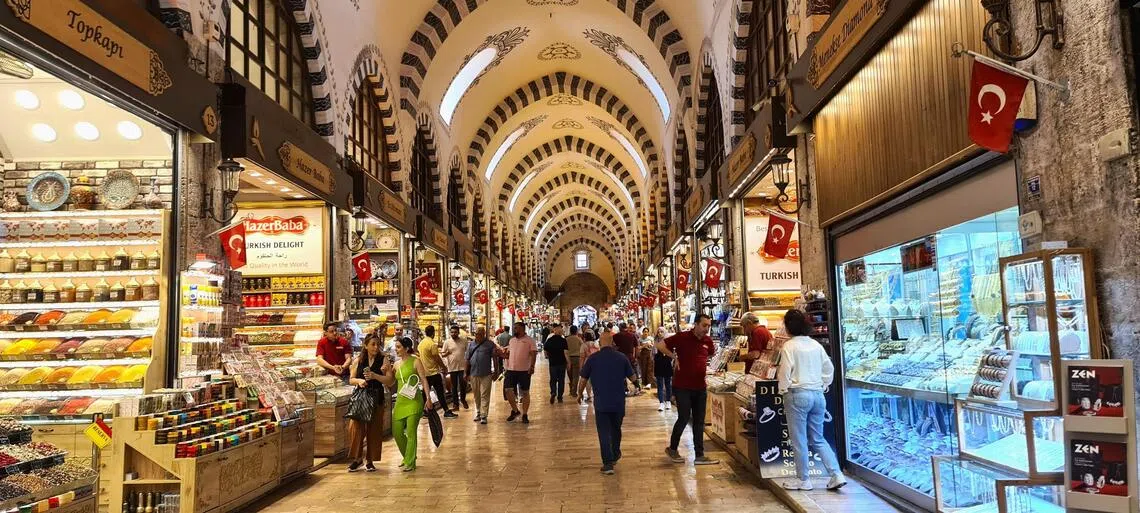
Asked to describe the city, local tour guide Hasan Baris Partal says it is different things to different people: “In Turkish, we have a saying: “Bes parmagin besi bir degil”, which, roughly translated, means ‘Five fingers are not equal to each other even if they belong to the same hand’. What makes Istanbul such a great city to visit is that you can find a great variety of historical, cultural and touristic attractions to fit any personality.”
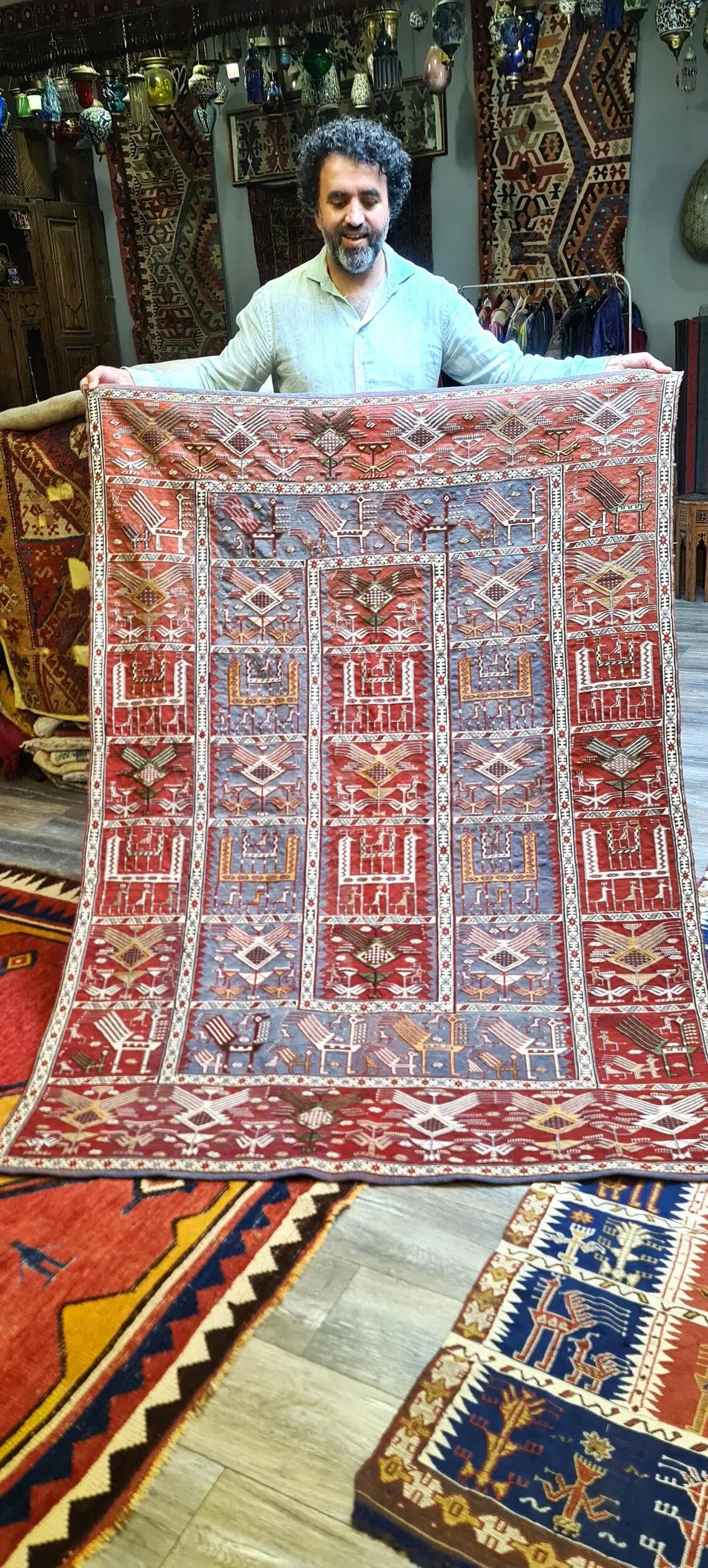
He adds: “Istanbul doesn’t ask whether you are Asian or European, or what religion you follow. Its economy and geography offer great art, street food and upscale shopping opportunities.” Unsurprisingly, food plays a major role in the city’s cultural heritage. “Our different cuisines stem from Turkish, Greek, Armenian, Jewish, Balkan, Caucasian, Arab and Persian traditions,” he says. “It’s the city where you shall get seven birds with one stone.”
A taste of Istanbul
For a classic taste of Turkish food culture, take a 15-minute ferry ride across to the Kadikoy district on the Asian side and walk to Ciya Sofrasi, a restaurant that offers ‘kitchen memories’, a course in culinary anthropology comprising a rich array of dishes, from lamb stews and kebabs to soups with lentils, grains and other regional ingredients such olives, aubergines, sun-dried tomatoes and a variety of spices.
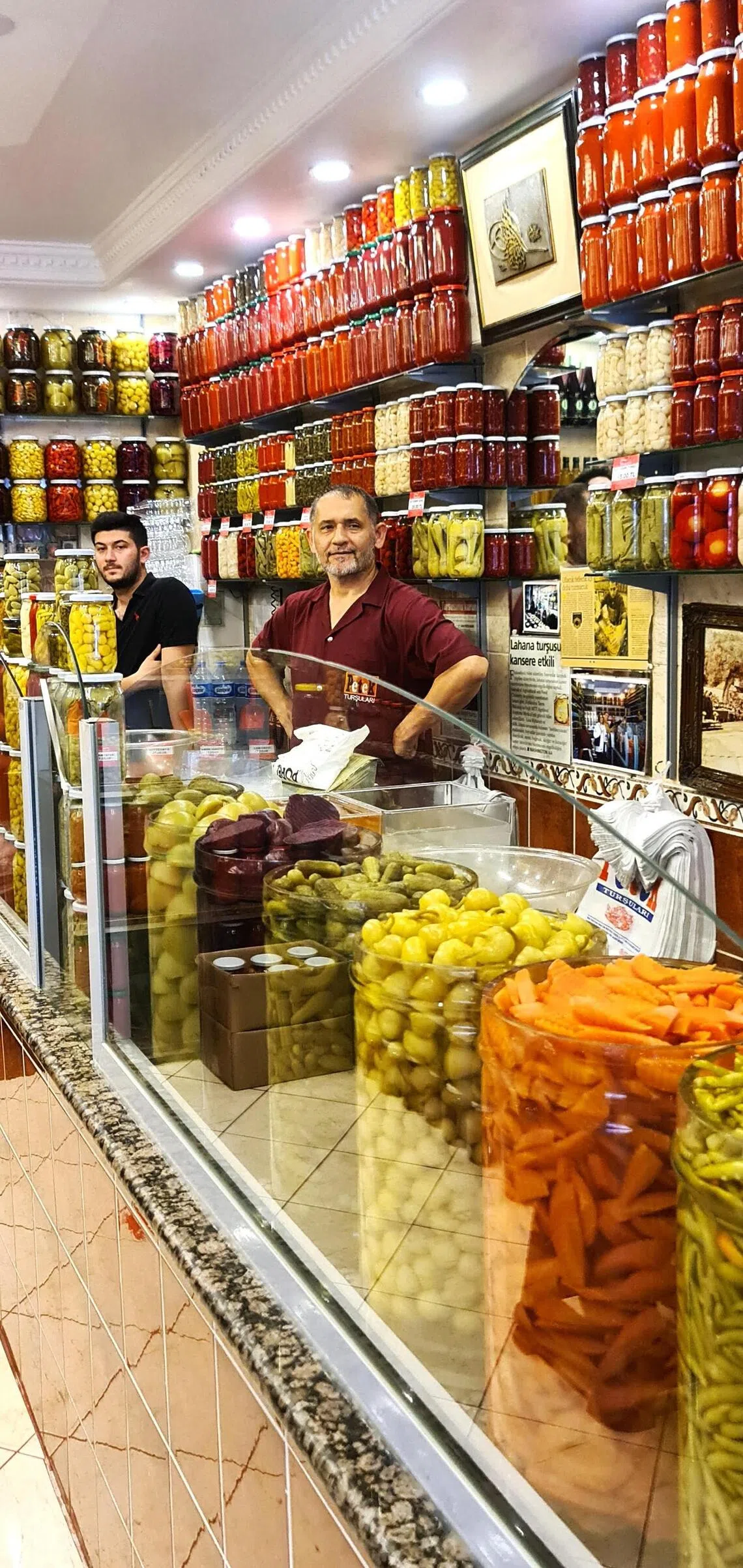
On the European side, Jash, which means “food” in Armenian, offers casual sharing plates in a charming residential neighbourhood in the Beyoglu district. It is off the regular tourist trail and will reward visitors who make the trek up a steep slope to its entrance with an authentic taste of the Istanbul kitchen.
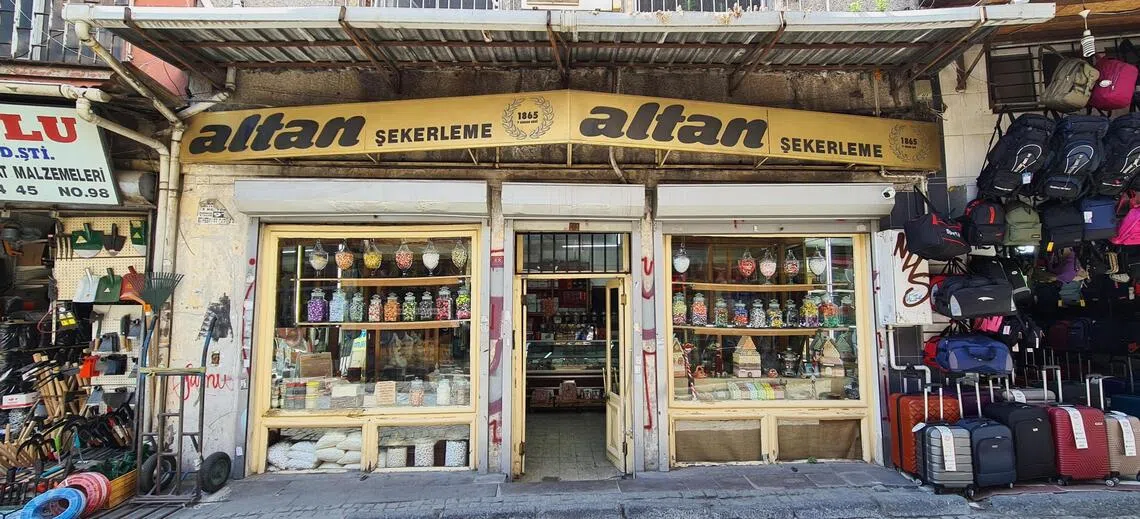
No discussion of edible Istanbul is complete without Turkish delight (or lokum). Shops selling this starch and sugar, gel-based confection can be found throughout the city, but one of the best iterations is at Altan Sekerleme (1865), a fourth-generation, family-run traditional candy store with marble-topped counters, located in a warren of alleys up from the Spice Market. In the tiny production room upstairs, the scent of powdered sugar, rosewater and bergamot orange fills the air.
Just as vital to Istanbul’s food identity are the sweet, flaky, nut-filled pastries collectively known as baklava. Shops and cafes selling these desserts are plentiful, but you won’t go wrong at Karakoy Gulluoglu, which has been in business for 180 years.
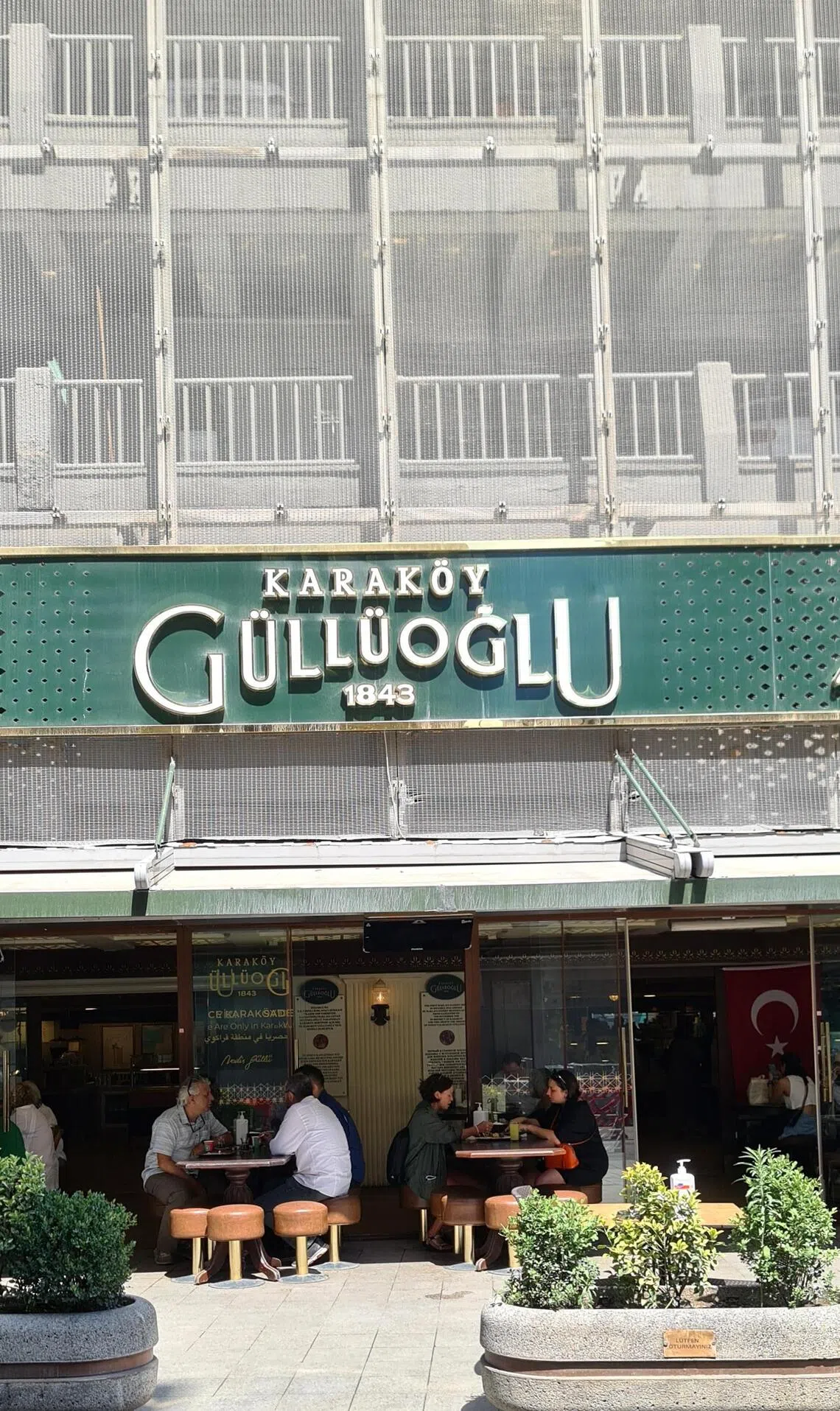
Istanbul has claimed a long list of ardent admirers from its storied past. Napoleon Bonaparte famously declared: “If the earth were a single state, Istanbul would be its capital.” Emperors and mere mortals have been swayed by its fascinating rhythms and seduced by its myriad streets and neighbourhoods. Literary types have devoted paragraphs and whole books to the city’s iconic landmarks, but the Bosphorus remains chief among the city’s characters.
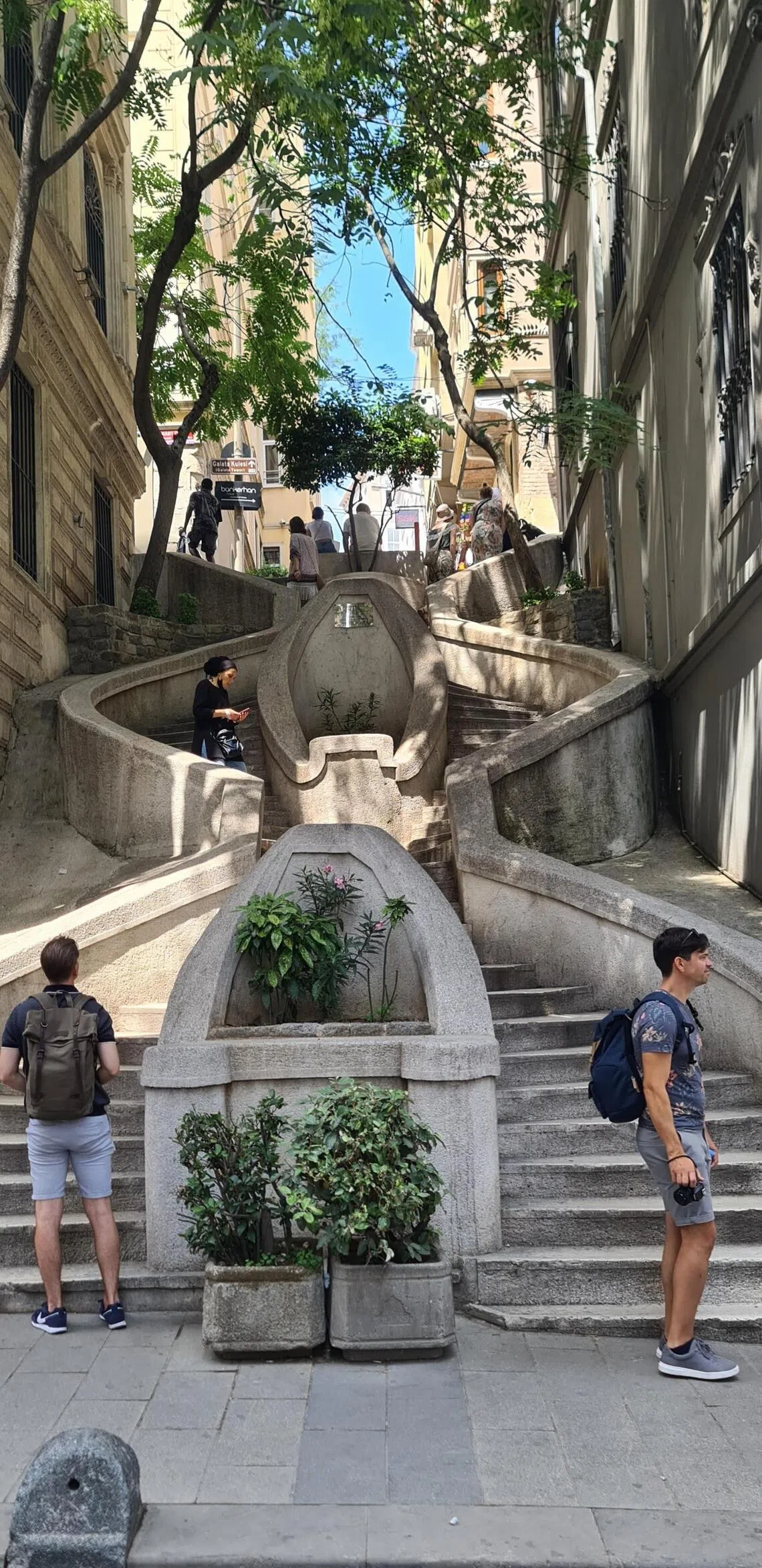
For inspiring postcard-like views of the city, tour guide Partal recommends a walk heading north along Kennedy Avenue, starting from the Sarayburnu promontory in front of the city’s ancient sea walls. “This walk has the greatest panoramic view of the city,” he says. “From Europe to Asia, Galata, the islands in the Bosphorus and Marmara Sea – all can be seen at once.”
At times like this, Pamuk might say, life isn’t bad at all.
Decoding Asia newsletter: your guide to navigating Asia in a new global order. Sign up here to get Decoding Asia newsletter. Delivered to your inbox. Free.
Copyright SPH Media. All rights reserved.










